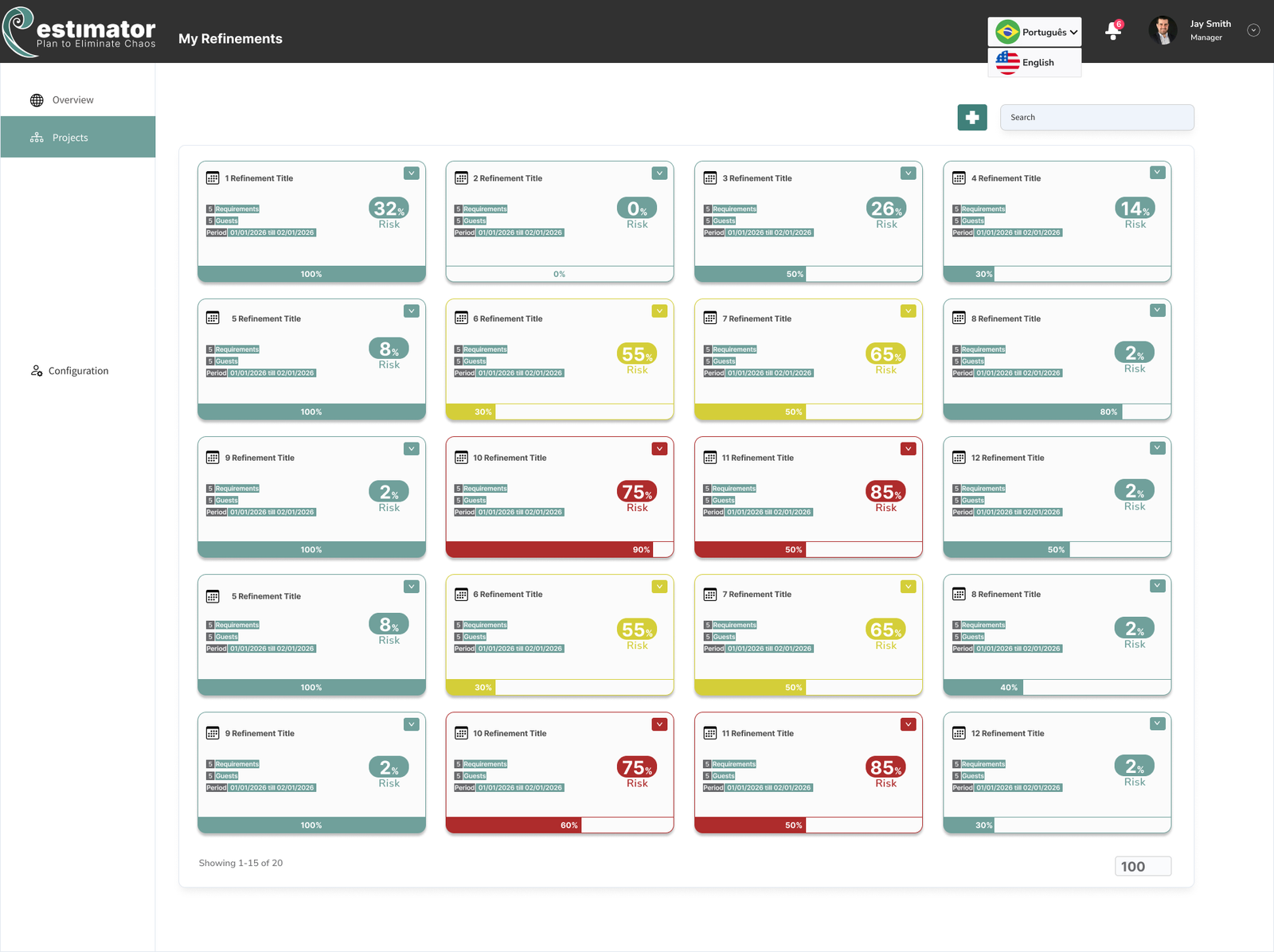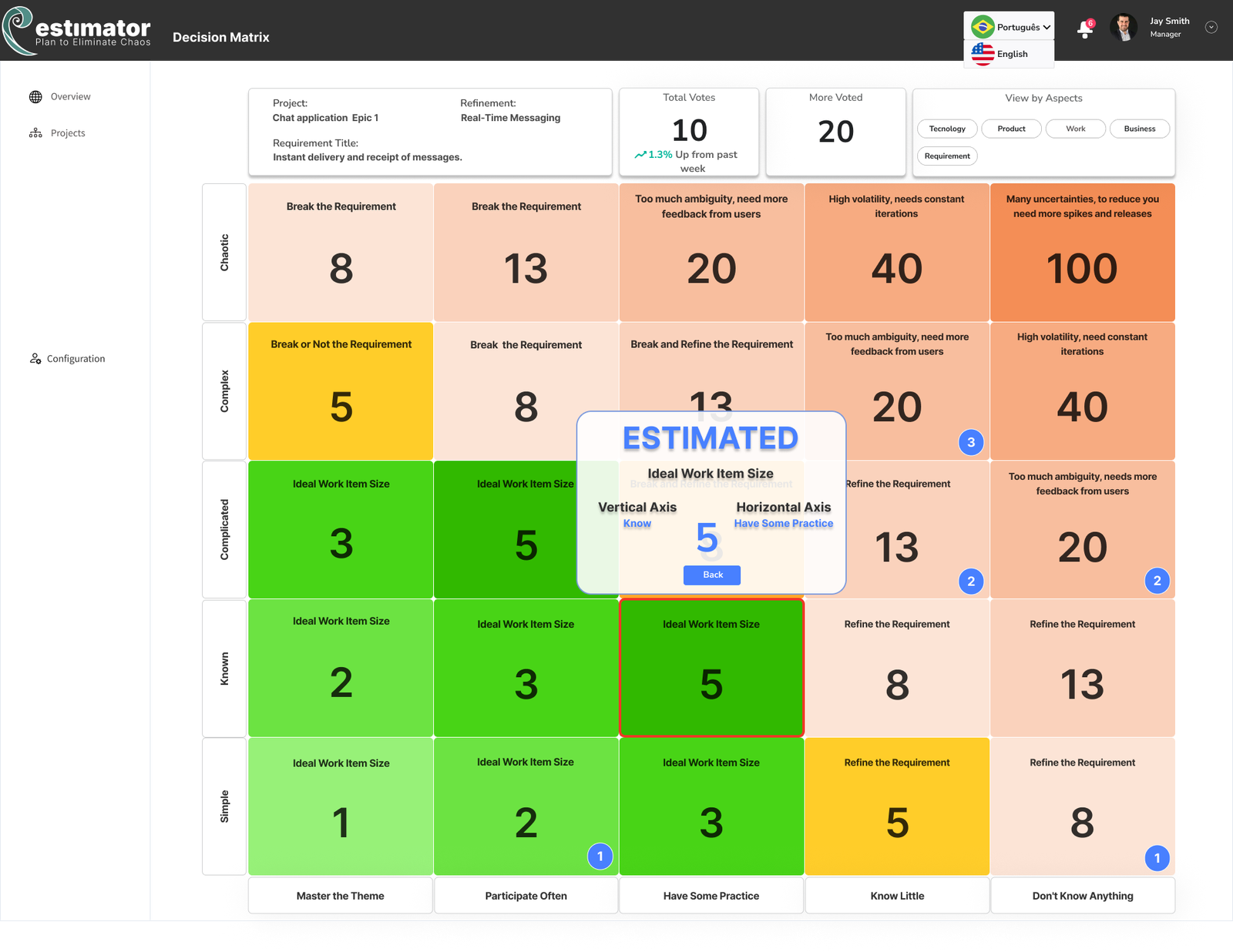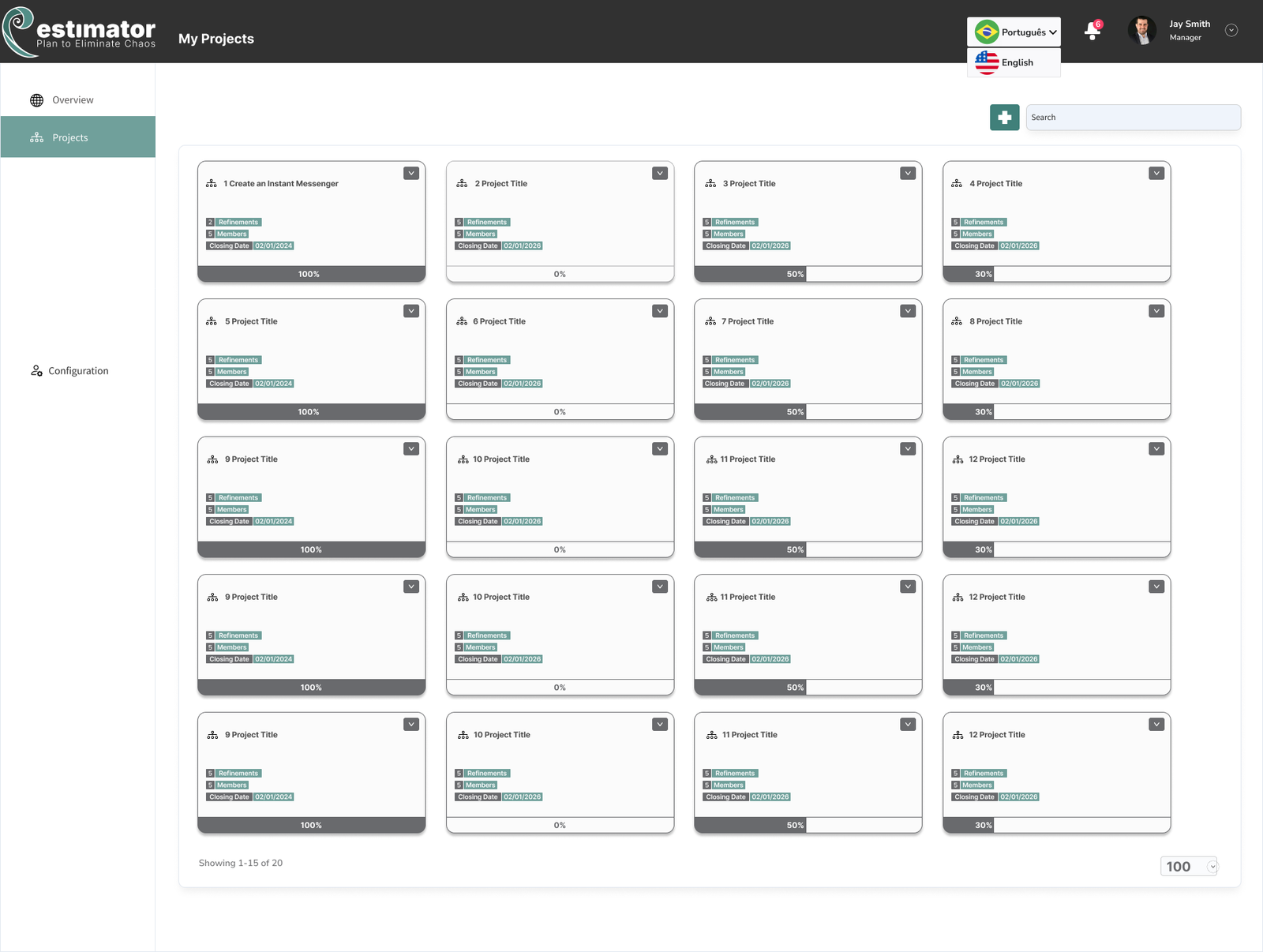Features Details
Overview
- Quick Insights: Provides you a high-level summary of key metrics, progress, and updates, to keep you informed without diving into detailed reports.
- Time-Saving: Eliminates the need to navigate through multiple sections, offering a consolidated view of important information in one place.
- Improved Efficiency: Enables faster identification of bottlenecks, risks, or issues, allowing you for quicker adjustments and problem-solving.
- Better Decision-Making: With all critical data readily available, stakeholders can make timely and more accurate decisions.
- Increased Productivity: The Overview feature reduces the time spent searching for information, enabling users to focus on execution and strategy.
- Greater Control: Stay on top of their projects and tasks without feeling overwhelmed by details, resulting in better project control and smoother workflow management.
Projects
- Clear Organization: Each project is presented in a card view, making it easy for users to quickly identify and manage multiple projects at once.
- Completion Tracking: With visible percentage progress indicators on the project cards, you can monitor deadlines and stay on track.
- Enhanced Productivity: By having critical project information—such as refinements, members, and progress percentages displayed in a simple card format, you can quickly assess the status and focus on high-priority tasks.
- Simplified Monitoring: A quick overview of all ongoing projects, allowing managers and stakeholders to track progress and spot potential issues without sifting through extensive reports.
Refinements
- Risk Awareness: Including a risk level indicator helps teams identify potential challenges early, enabling proactive mitigation and better decision-making.
- Requirement Tracking: The quantity of requirements provides a clear view of the scope for each session, helping to prioritize and allocate resources effectively.
- Guests Management: Tracking the number of guests involved in each session ensures that all relevant stakeholders are included to the refinement session, facilitating collaborative decision-making.
- Improved Refinement Session Planning: With Title, completion period, and progress percentages teams can stay on schedule, ensuring that refinement sessions are conducted efficiently and in line with session goal.
- Enhanced Risk Management: With the risk indicator, teams can address potential issues during refinement sessions, reducing the chance of surprises later in the project.
- Simplified Monitoring: The card-based system provides a comprehensive and simple way to monitor multiple refinement sessions, giving managers and teams a focused overview of progress, risks, and remaining sessions.

Requirements
- 7-Dimensional Requirement Breakdown: Organizing requirements into Functional parts (Actors, Actions, Data, Acceptance Criteria) and Non-Functional parts (Interfaces, Environments, Quality) dimensions ensures comprehensive requirement planning, covering both user interactions and system performance.
- Flexible Estimation Methods: Offering both Fibonacci and T-Shirt Size relative estimation types gives teams the flexibility to choose the most suitable method for their requirement, reducing the risks of bad estimating.
- Transparent Requirement Status Tracking: Status stages including Draft, Sent to Vote, Voted, and Estimated provides a clear view of the planning process, helping teams to stay aligned and ensure no step in the process is skipped.
- Prioritization of Business Value: Prioritizing requirements as Essential, Important, or Desirable helps alignments in the team increasing focus in business objectives and ensuring that critical features are prioritized for development.
- Powerful Requirements Questions: The Analysis of the context of each requirement in aspects such as technology, product, business and work, enables business stakeholders and technical teams to be on the same page.
- Release Alignment: Associating requirements with releases helps to ensure that development and delivery schedules are well-coordinated, leading to smoother product launches and reducing the risk of delays.
- Strategic Decision-Making: With clear visibility into status control, relative estimations, and business value, teams can make quicker, more informed decisions about which requirements to prioritize, refine, or schedule for future releases.

Estimating Questions
- Tailored Estimation Process: Business Stakeholders can register specific questions based on categories like Technology, Product, Work, Requirements, and Business, ensuring that estimations are relevant and aligned with the unique aspects of each requirement.
- Focused Discussions: By associating questions with relevant work aspects, the feature guides teams to focus on the most critical factors during refinement sessions, leading to more accurate and meaningful estimates.
- Customizable Flexibility: If Business Stakeholders prefer not to categorize their questions, the feature allows for the use of a general question, simplifying the process while still ensuring requirements are evaluated effectively.
- Streamlined Voting Process: The ability to register and select questions keeps refinement sessions organized, with questions acting as a framework for voting, helping to reduce ambiguity and miscommunication.
- Enhanced Requirement Understanding: The categorized questions ensure that all key dimensions of a requirement are considered, leading to a more holistic understanding of the task at hand before assigning estimates.
- Better Decision-Making: Teams are able to make better-informed decisions, considering all relevant factors before assigning effort or resource estimates to a requirement.
- Consistent Refinement Sessions: More Consistent by providing a repeatable process where questions help maintain focus and guide the team toward well-reasoned estimates.

Voting Matrix
- Clear Visual Representation: The 5x5 matrix provides a structured, visual overview of the team's voted estimates, making it easy to see the range of values for each requirement in the context of Fibonacci Sequence or T-Shirt Size estimations.
- Guided Decision-Making: Each cell in the matrix includes descriptions to help guide the team toward appropriate decisions, making the estimation process more intuitive and well-informed.
- Structured Collaboration: The matrix encourages a structured discussion around estimates, helping teams stay aligned and reach no pain an agreements.
- Interactive Consensus Building: The visual matrix allows teams to actively engage with the estimation process, choosing the final estimate only when they reach a consensus, ensuring decisions are well-considered and agreed upon.
- Improved Transparency: By displaying the full range of estimates within the matrix, the feature makes the entire process transparent, ensuring all team members understand the rationale behind the final decision.
- Collective-Driven Decisions: The process only concludes when the team agrees on a value in the matrix, ensuring that decisions are collaborative and fully supported by all team members.
- More Engaging Refinement Sessions: The interactive nature of the matrix, combined with the ability to see and adjust estimates in real time, makes refinement sessions more engaging and productive.







